WARNING : This review contains a huge amount of pictures (data) be aware ;)
You should not be surprised if i tell you that over 17 million pictures uploaded in Flickr are from Nseries devices and a mind boggling 2.4 billion friends are tagged in Facebook using Nseries devices !
Well, as you may know and as i said earlier, the camera/camcorder of the N8 is one of the most obvious features and device's selling argument, the team behind the N8's camera wanted to set new benchmarks, not just for the quality of the still image camera, but the video recording as well, but in fact, how can it be as good as it claims it is?
I'm not an engineer. My knowledge of these matters is based on what I read, discussions with product designers and most importantly hands-on experience with a variety of products. In this part of the review my thoughts and tests will be based on some quotes from
Damian Dinning Post (Senior Manager at Solutions Planning projects developing the imaging experience and the camera/video quality for high-end products such as the Nokia N95, Nokia N73, Nokia N82, Nokia N86 8MP, N8...) about Nokia N8 photography, some reads but also on my experience with other samsung and Nokia "camera-phones"...(No, no sonyericsson experience, sorry...) and i'll try to give you some explanations and illustrated examples that your grandmother will understand. Using English, not maths and physics!
So, if we put camera specs and features under the microscope, we'll find that :
- The N8's camera includes the largest (optically) sensor ever fitted to a phone, rated at
1/1.83" (13.9 mm)
optical format that uses
1.75 micron pixels, conversely, the sensors of camera phones are smaller than those of typical compact cameras, allowing greater miniaturization of the electrical and optical components. Sensor sizes of around 1/6" are common in camera phones, as well as in webcams and digital camcorders. The Nokia N8 is however, having the largest sensor in a phone currently. In contrast, the N86 had been using the smaller '1/2.3"', putting the N8 ahead of these in terms of sensor, even if not in terms of lens size and optics (we talk about a phone here right?).
NB : Even if Nokia N8 was a dedicated digital camera, its sensor would still be considered large !
What that is mean? Basically meaningless unless you are "in the know" about what manufacturer mean when they say "it has a 1/1.8 inch sensor". Simply,
Bigger the image sensor, better is the image quality, there's a huge potential to produce lower image noise and have a higher dynamic range, it means also larger the number of photons gathered in a pixel in a given time, better is the color tone discrimination (Color Perceptions), so,
smaller sized sensors force the lens to operate in a less efficient mode, resulting in loss of image sharpness, they also have
lower sensitivity than larger image sensors
(you can of course read some detailed and technical story about matters of sensor size here for example).
-
Carl Zeiss 2.8/28 optics. The protective glass is
anti-reflective (optical coating applied to the surface of the lens to reduce reflection), plus is toughened to resist scratching,
What that is mean? Zeiss continues to be associated with expensive and
high-quality optical lenses generally thought to be elegant and
well-constructed, yielding high-quality images, on the other side, numbers represent the sizes of the
aperture and
Focal length : (2.8s) called
F-number (focal ratio) is a measure of
lens speed and it is defined by the focal length of the lens divided by the diameter of the aperture
(a hole which allows light to pass through it),
the smaller that number the larger the aperture is, and as well reverswise, it relates to how much or how little light can reach the sensor, in other words :
As the lens gets wider, it can gather more light, because it covers a greater field of view (there's more it can see that is reflecting light), on the other side, the '28' (28mm) bit refers to equivalent 35mm
focal length, this choice affects
angle of view, as in general, any lens with a focal length less than 50mm (or 55mm) can be considered as
wide-angle, which in this case makes the N8 able to
capture more details but which then causes objects not in the plane of focus, such as the background, to be
blurry and this produce a very nice
bokeh effect...more on this later... (Some nice reads
here,
here, here and mainly
here !)
NB : Sadly, there's no mechanical lens cover and that was a design decision and the other argument was because of the use of some augmented reality applications...
-
Fixed aperture lens : The N8 is claimed to have even better low light performance than the N86 with its variable aperture lens, the problem of shooting in bright light, which was handled, well, lets say : "nicely, in some way" on the N86 by reducing aperture size, is handled on the N8 equally as effectively with a
ND (Neutral Density) filter that automatically slides into the optics when light levels exceed a certain threshold
-
Xenon flash : Oh god, it was the right time to "drop" my reliable N82 finally, you know better than me that "Xenon" is one of camera flash technology worthy of the word 'flash', i've never been fan since a long time of poor LED-lit devices from any brand, i wasn't convinced either with Nokia's own Xenon versus dual LED comparisons, showing that the N86's variable aperture lens can, with the LED, produce comparable results to Xenon in the right situations, grrr, see my comparison
here... you know better than me too that most low light shots aren't always in 'right' situations : people will be moving and you'll need something that shoots quickly,
extremely quickly, so that your subjects are frozen in time, if you prefer to use the xenon flash, you have to know that it has a firing duration of between
1/3,333 and
1/200,000 of a second
! Which will freeze virtually any subject you’re likely to want to photograph...also, you have know that the flash module is 30% smaller than previously seen on a Nokia device, yet sports roughly the same power as the N82 for eg
Let's see what to expect from the N8 in the real life and daily situations, and for that, i'll take the N82 as a benchmark unit like
what i did earlier !
Ps : You can still enjoy the :
[Head To Head] N8 vs N82 Pictures Shots,
[MINI Head To Head] : N900 Vs N8 Pictures Shots,
[Head To Head] Apple iPhone 4 vs N8 Camera Shots
[MINI Head To Head] : N86 Vs N8 Pictures Shots
In this part of review, i did take the N82 as competitor because i was never fan of the N86 or the way it handles pictures...the N82 is the real competitor and the former Nokia's champion on the camera league ! Here we Go !
Indoor daylight :
N82 followed by the N8 :
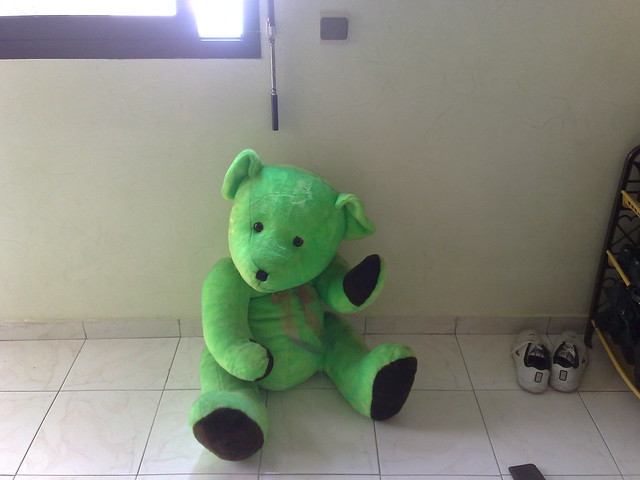

The washed out result is caused in some cases by the chrome surround around the camera glass...hmm i wonder if Nokia Team has tested pictures shots in all situations...
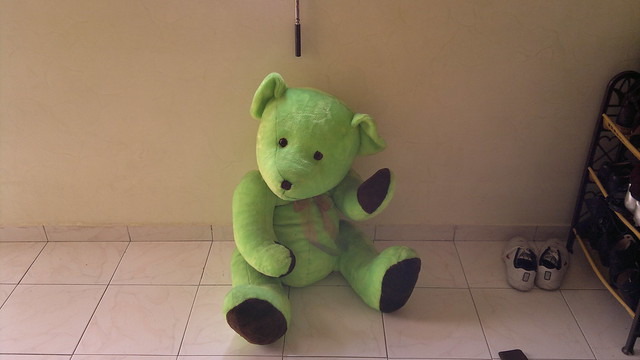
You can of course play with settings to make the picture more vivid, sharp and warm...
Normal conditions (sunlight) :
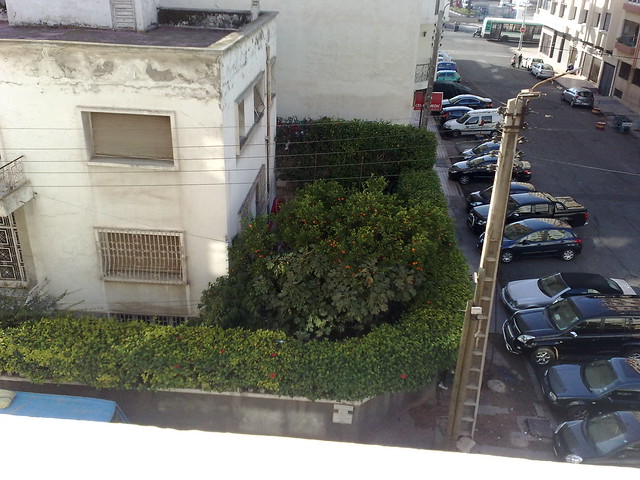
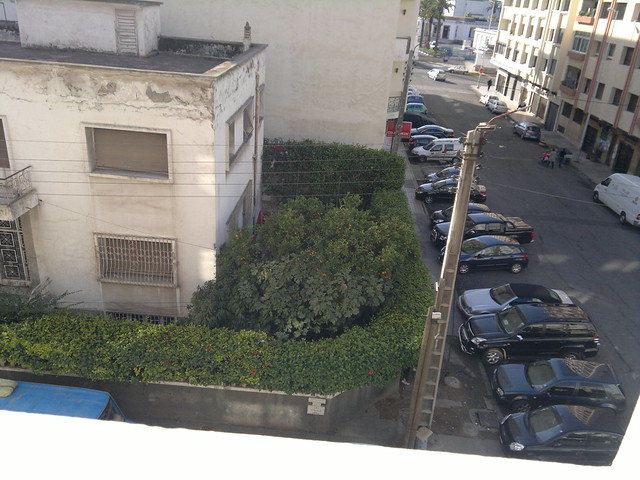
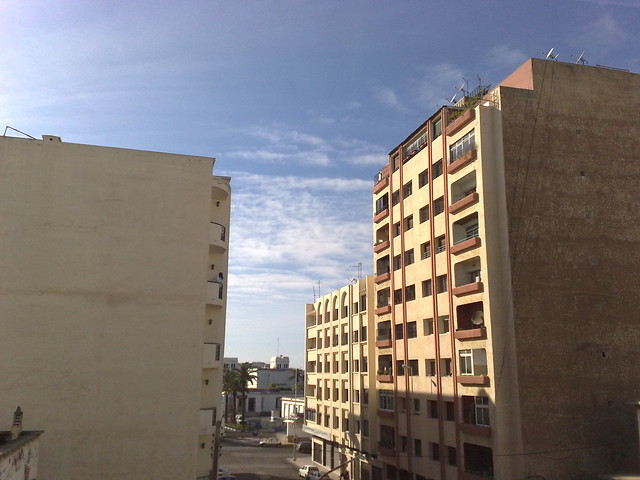

Perspective distortions is here but this is
normal for wide angle lens, as you can see, it's amazing good natural colors (people are dying for this)
The N900 followed by the N8
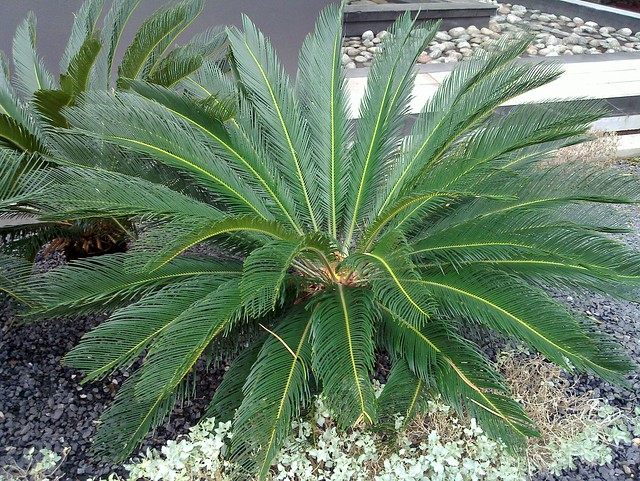

As you see, the N8 lacks some sharpness if we compare it the N900 but colors are more natural, no doubts ;)
Low Light conditions :
N82 followed by the N8 :
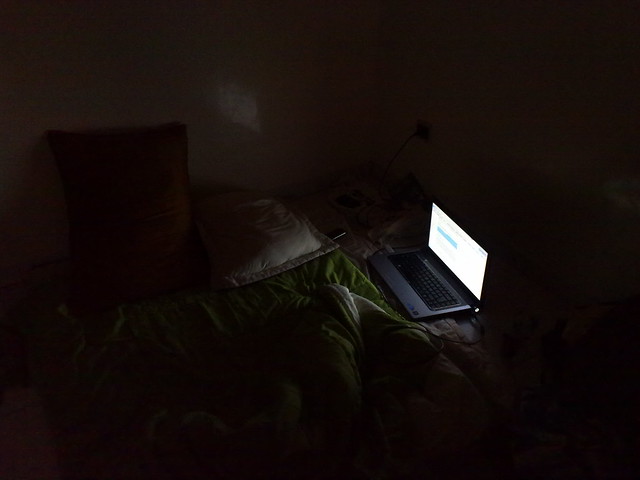


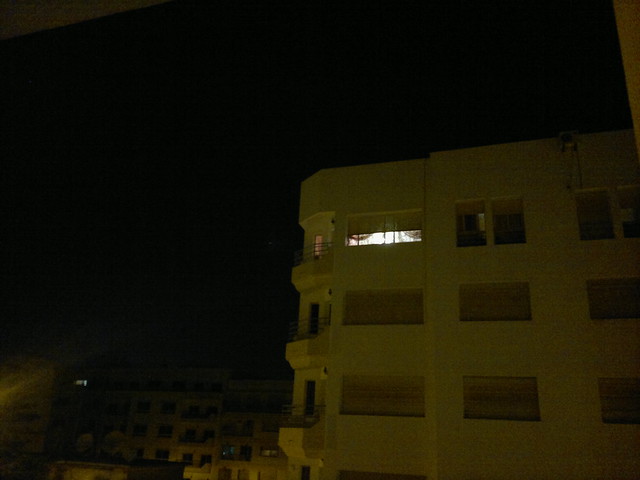
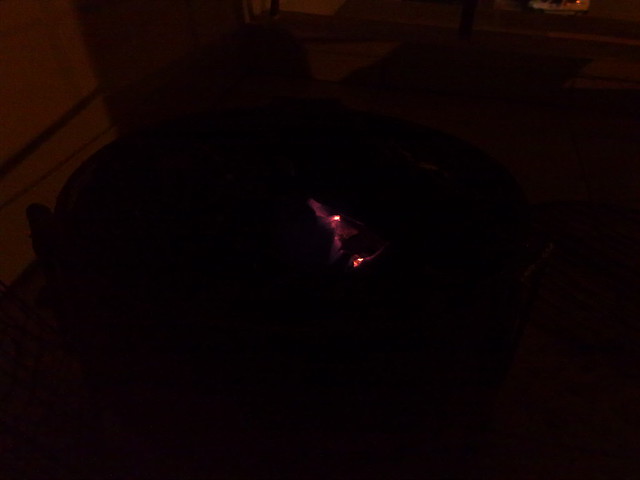

Did you see how the N8 does a
amazing job at handling low-light?! Thanks to its large sensor ! The low light has been tuned differently for the N82 (and N86), both of them prioritized low noise at the expense of details. In the case of the N8, the opposite has been done. Compared to the N82, noise (when present) is much finer but the detail is significantly higher !
Ps : The LED next to the xenon flash is optimized for autofocus assistance (one of the brightest on a digital camera).
Indoor's artificial lights
N82 followed by the N8
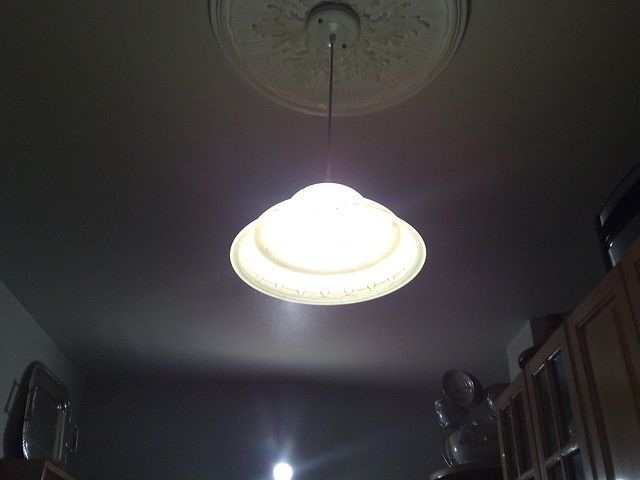
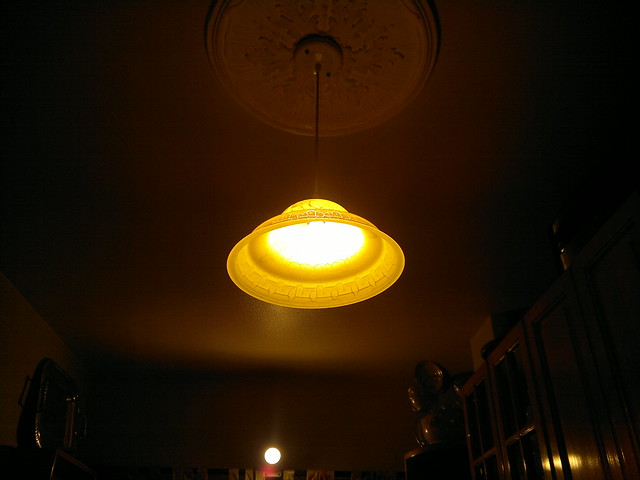
As you see, the ND filter on the N8 handles effectively the light coming from the lamp to prevent an overexposure (see the details of the lamp and colors are more close to the reality)
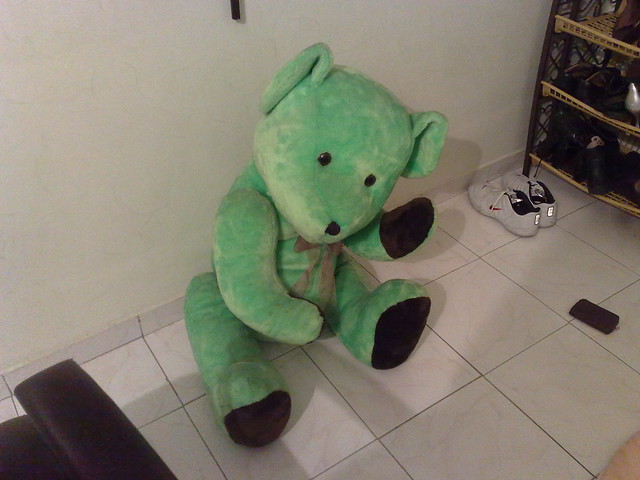
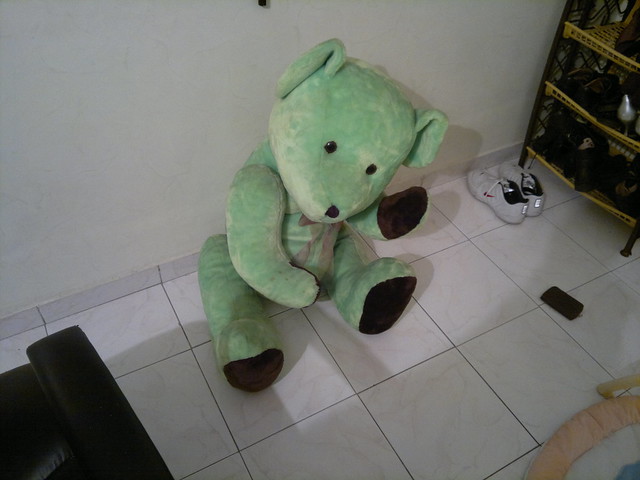
The floor is represented naturally by the N8, but the color of the pooh (green) is more close to the reality in the picture captured by the N82 !
Ps : How The N900 handles the battle? Here're two examples :

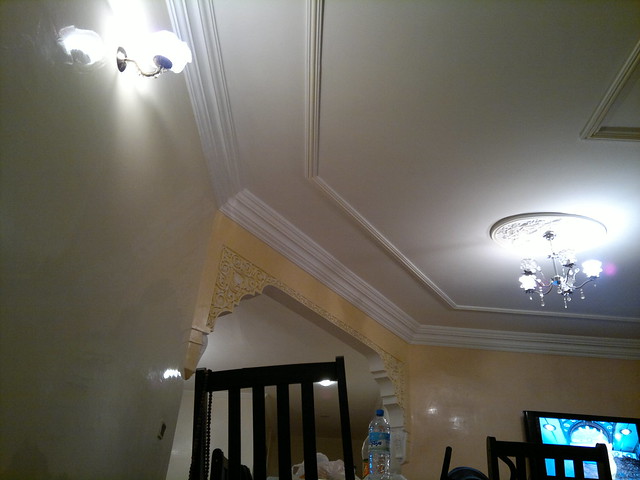

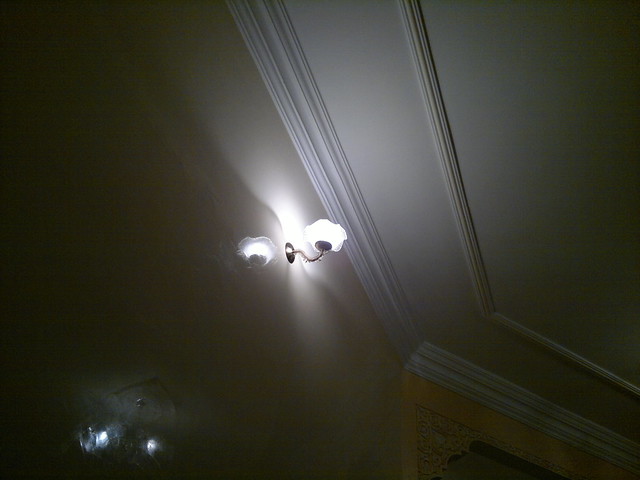
Noisy but pretty good huh? :)
Indoor's lights with xenon flash :
N82 followed by the N8

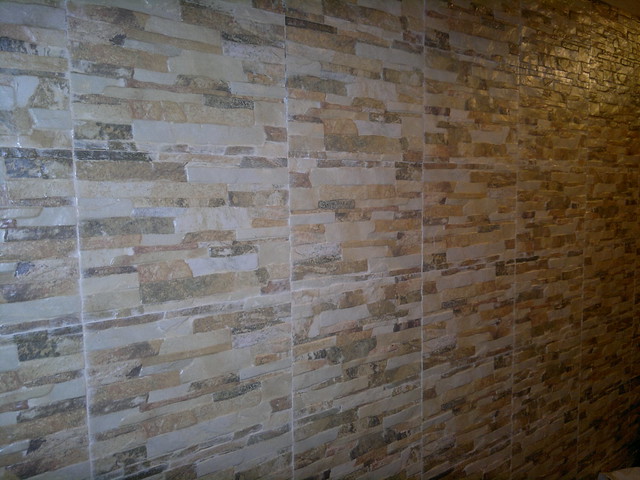
The N82 does a better job, results are close to reality (and warmer), the blueish result of the N8 is due apparently to the way the N8 handles the flash and colors...plus and
that's what i hate about the N8 : its "small" autofocus area, why the change to a more conventional small center spot area? This results in
darker coins in almost every picture with flash...the N82 is better in this area...


Surprisingly, in this example, the N8 gave an overexposed picture ! Again, the N82 handles the situation.
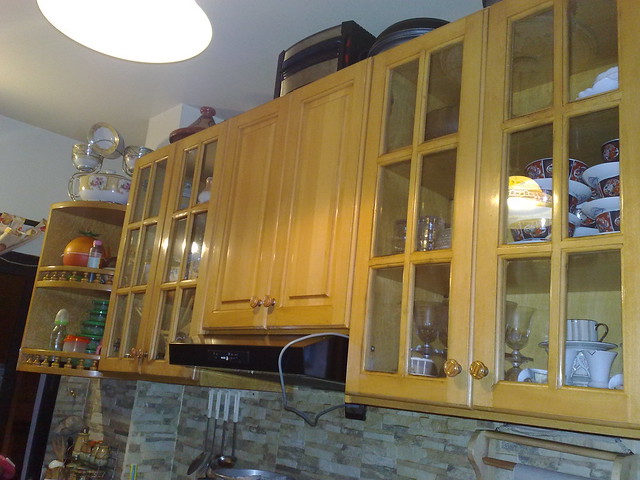
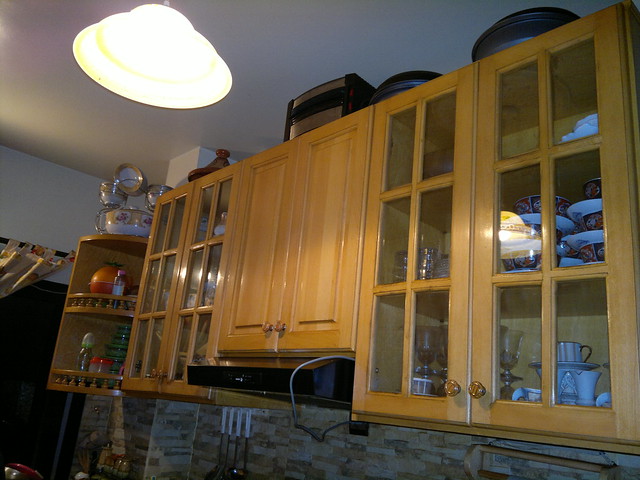
As you can see, results from N8 are somehow "darker" and it's due to the Pre-flash metering system, which calculate
how much flash is required for the main exposure.
This system helps
prevent overexposure. In auto flash mode, the time between the small pre-flash and the main flash has been shortened in comparison with the N82 to provide faster shooting capability and that means the flash
may not quite reach its full flash charge in time for the main exposure !!
Ps :
in auto red-eye reduction mode the time delay between pre-flash and main flash is greater. The result is that that the flash will be 100 per cent charged by the time the main flash fires, resulting in a small additional amount of flash power (10 to 20%). Up to 3.5-4m you probably won’t be able to see this difference. But if you’re shooting at longer distances, it may be worth selecting the red-eye reduction flash mode to grab a little additional flash range.
We can see the benefit (or no) of pre-flash metering system in all of the following examples :
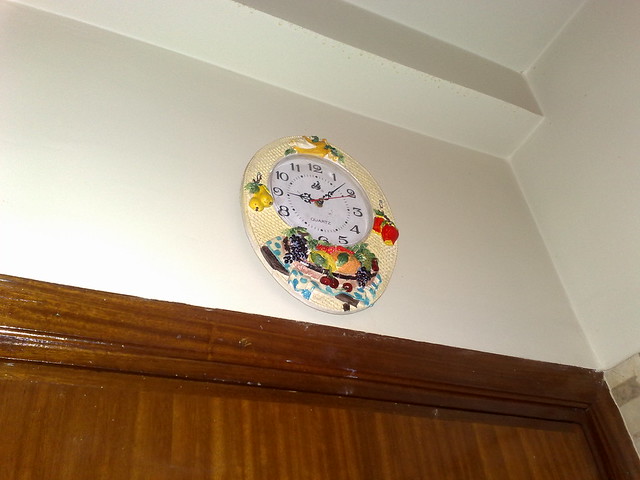
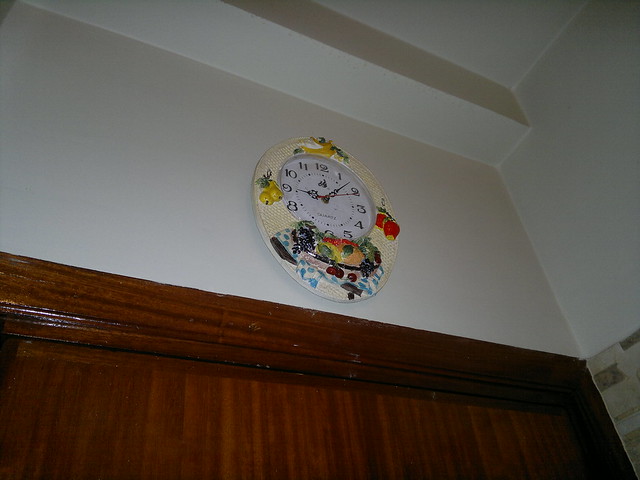
If you ask me, for this example, i prefer the result from the N82 again...the N8's pre-flash metering system didn't work the way i expected...
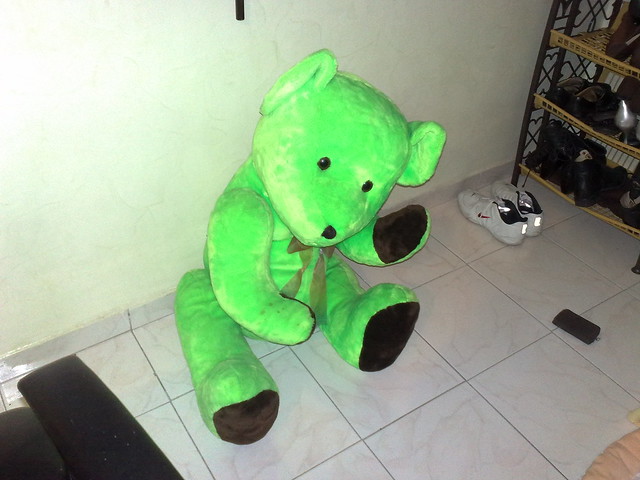
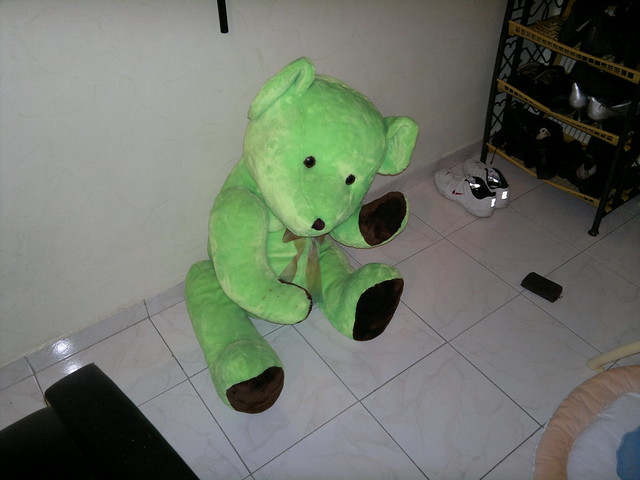
However, in this example we can see pre-flash system doing its magic ! Good job from the N8 !
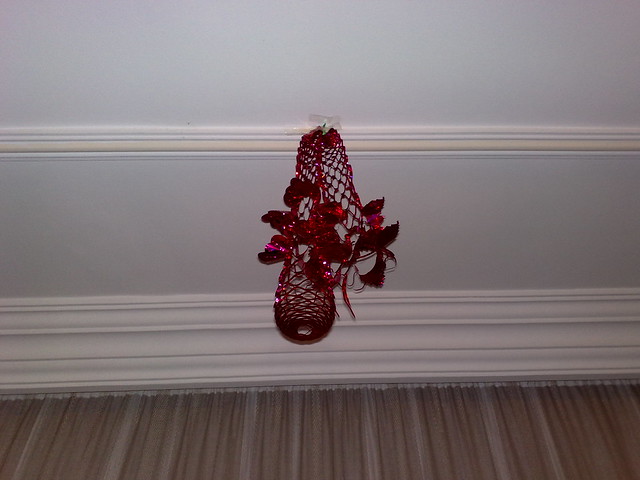
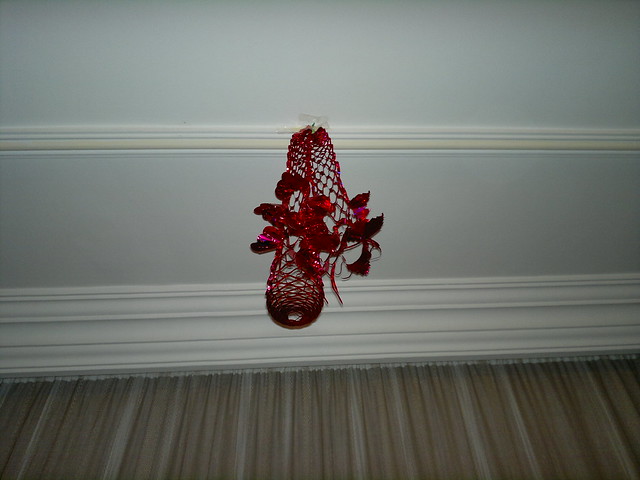
As i spotted earlier, the flash is very center-focused, i.e. whatever you're focusing on will be lit perfectly,
but that items at the edge of the frame don't receive enough light

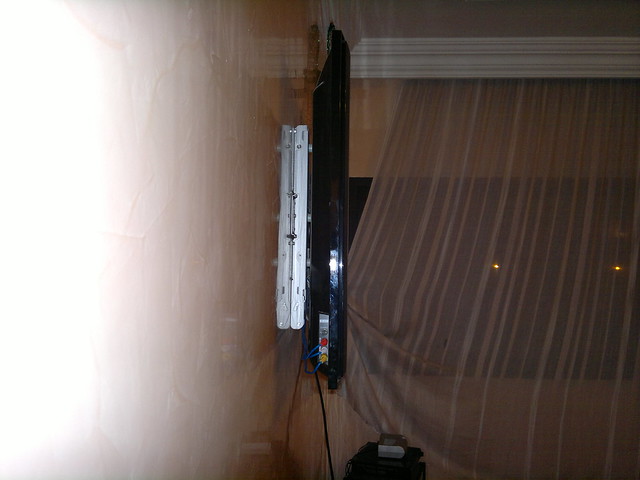
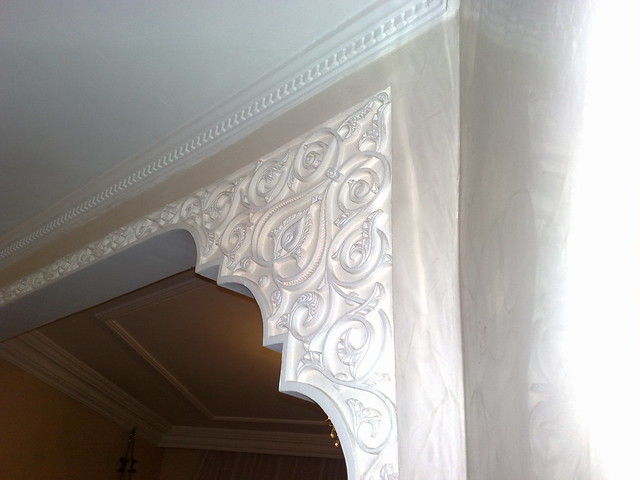

No comment is needed i guess :)


Same "issue" with the center-focused flash phenomena...but the color rendering is more natural.
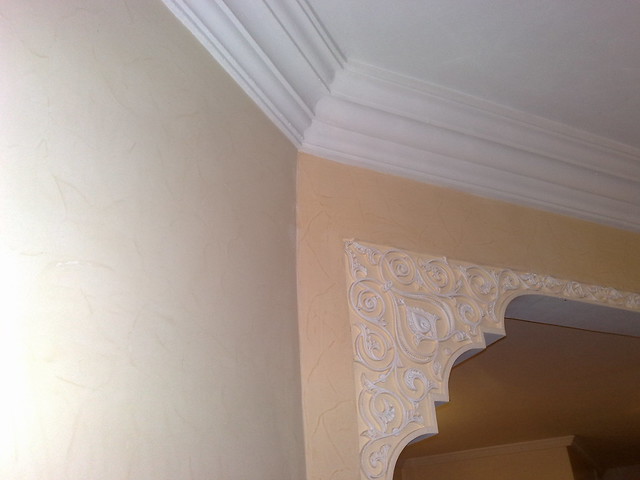
 Flash xenon in the dark :
Flash xenon in the dark :
N82 followed by the N8 :

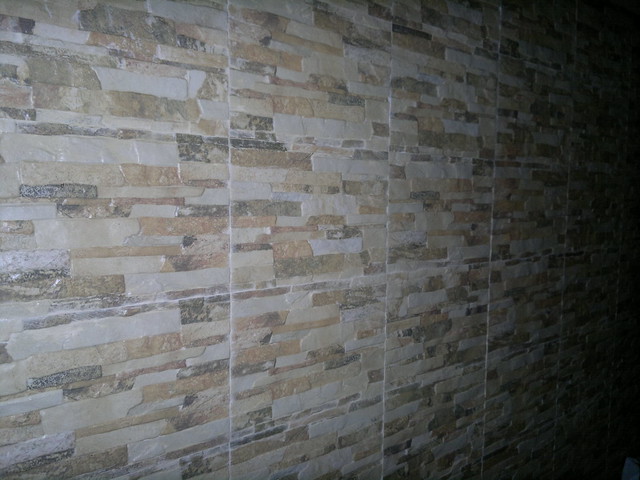
N82 result is "warmer" (a little bit overexposed in the left side) and "brighter", the N8 result is blueish and not that pleasant to the eye...
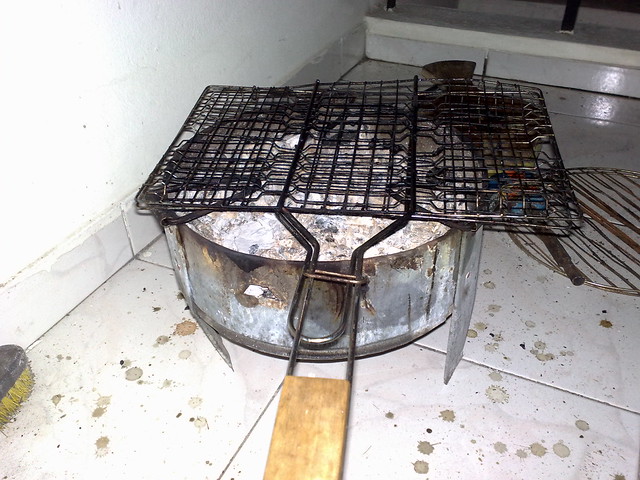
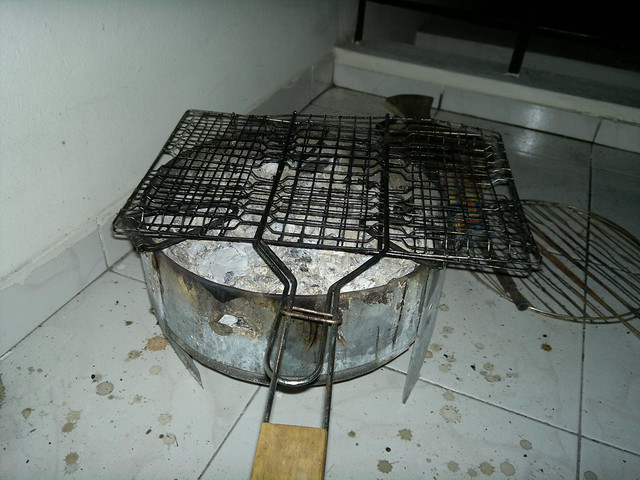
Well, the N8 handles better the overexposure, natural colors, but again, the N82 picture is more vivid...

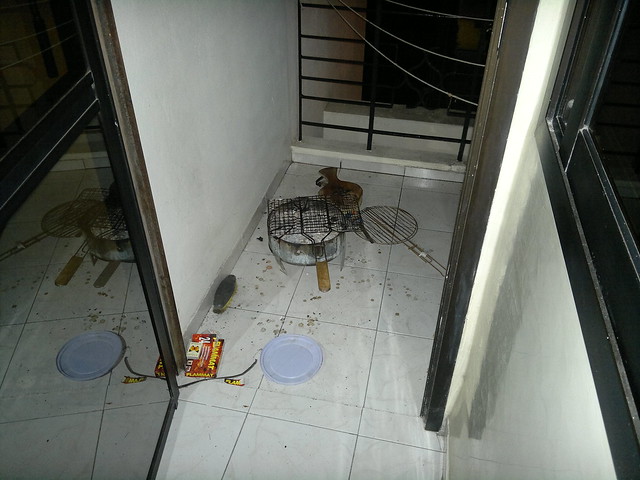
No doubts, the N8 really is the king of handling overexposure, but again i find always this brightness vs overexposure dilemma...
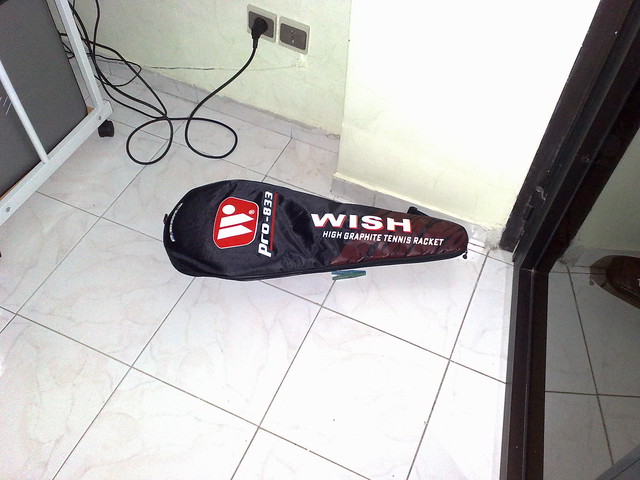
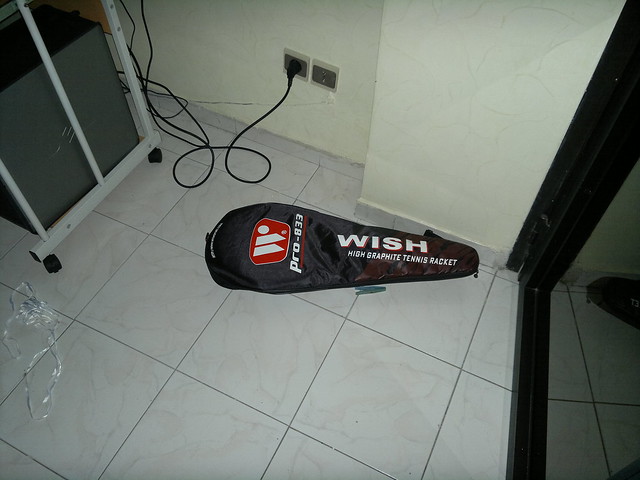
The same comment as above, as you may see, the N82 is not
fooled by the reflection of the wall/floor, whereas N8 is, that's the reason for the difference because N82 uses a different flash metering system...
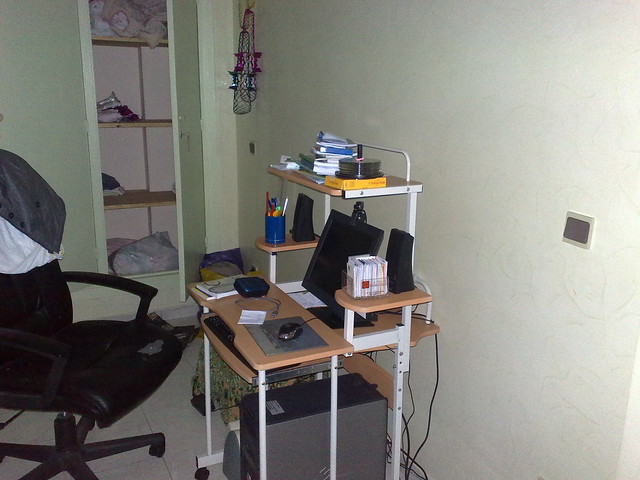

Not a huge difference in this last example, both are doing a great job (color management is in N8's favor this time)
In the following example you'll notice the benefit of large sensor combined with the xenon flash (and wide-angle too) !

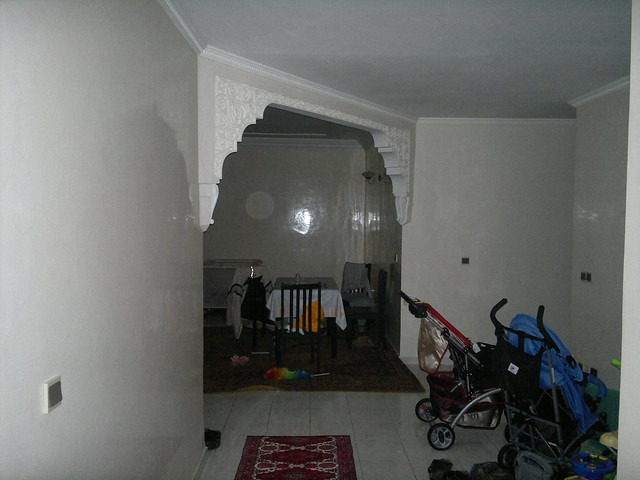
Now as you noticed, the N8 has lower noise than the N82 but much more detail than both the N86 and N82 in low light, however, it's true that the noise levels in N86 are lower because more noise reduction were used.
In summary, even if the Xenon unit in the N8 is 30% smaller than the N82's one, but still manages to produce equal illumination than the N82 even if i still like its 'blanket of light' effect, but as you see, the N8's shots are better exposed and with far better detail on the main subjects.
Macro (close up) shots :
N82 followed by the N8 :

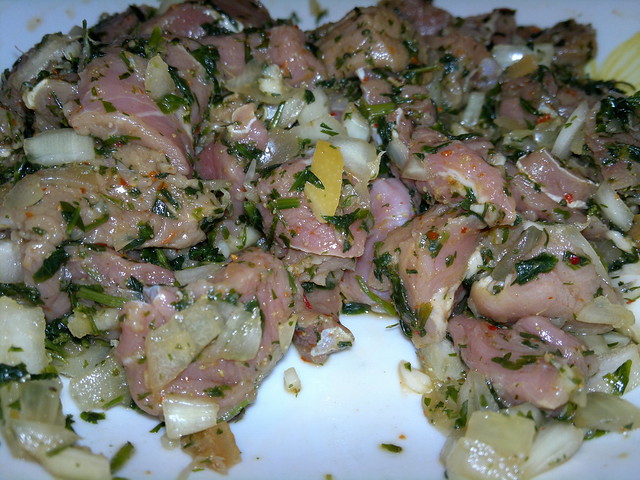
Have i to comment on this one? Really? Ok, here's it : Macro mode is erratic when trying to take an EXTREME CLOSE UP
(It can approximately shots 12cm from the subject in close-up scene mode and around 20-30cm in auto) and colorimetry is "colder" than on N82 (but more natural)
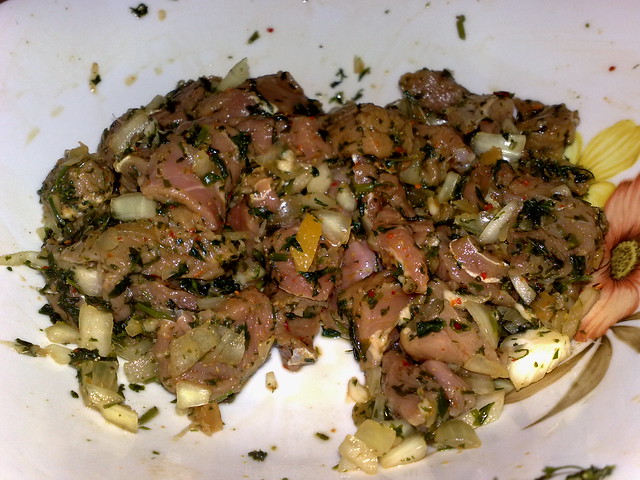
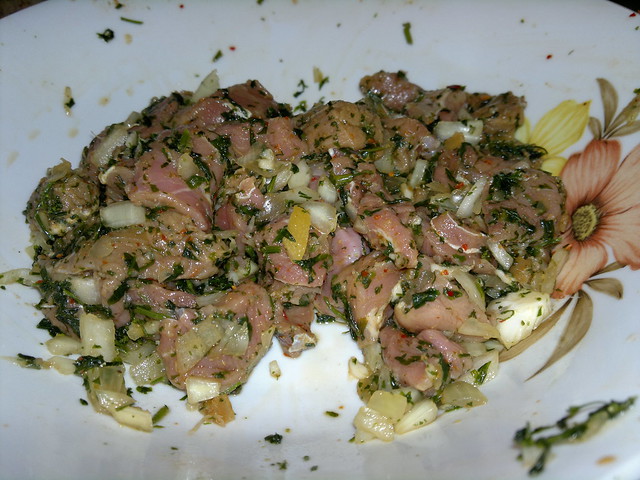
N8 does a great job when spot on the desired subject and colorimetry is more natural (the dish is white in reality and not reddish, kudos to the N8) but that's not all, even if N8 can't shot under 12cm in close up mode, but i have a surprise for you then,
a really great surprise that'll make you swearing that the N8 is the king of macro shots !
Oh yeah, because N8 doesn't have great hardware (sensor, optic etc.) only but some great
software enhancements too :
-
Intelligent digital zoom : in photo (and video) mode is
almost as good as optical zoom. the whole (large, 4000x3000 pixel) sensor is used for photo (and video) capture, with downscaling to the desired resolution happening in custom electronics hardware : Up to 2x (3x for video) zoom should be handled
without undue pixellation (there's a 'hard' limit at 2x, to stop people trying to zoom further and starting to see degraded results). in low light, it's even superior to optical zoom, since the latter involved more glass optics, reducing the light that gets to the sensor.
Nokia don't push this improved zoom facility in any of their N8 marketing, but it's something well worth noting, are you waiting another b*llsh*t strike from Apple or what?
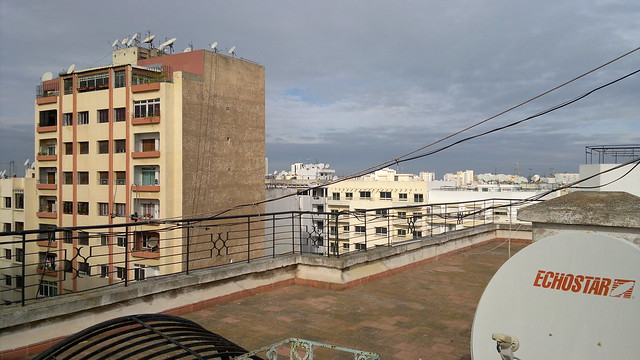

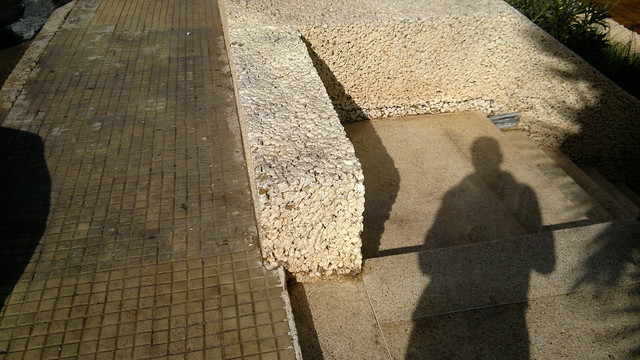
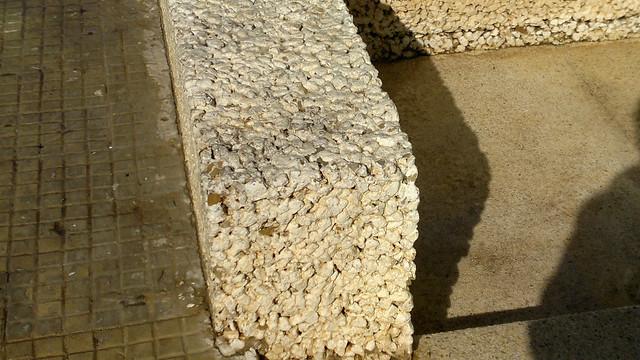
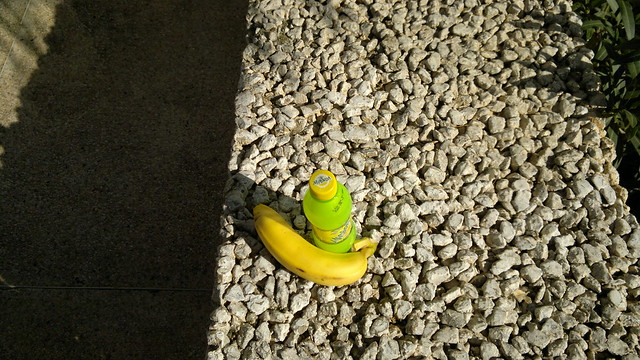
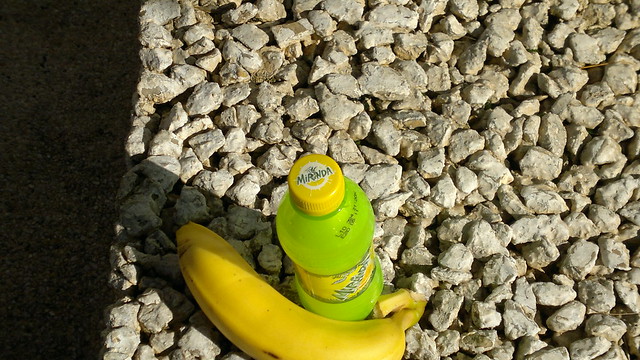
What about using this
Intelligent digital zoom in Macro mode?

(Normal close-up mode)
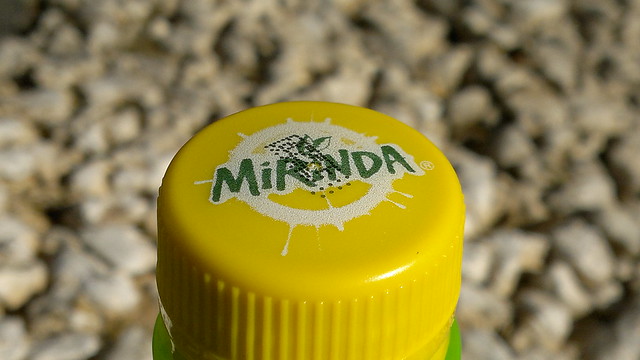
(intelligent zoom in close-up mode)
Ah congratulations, you have
the king of macro shots ! with now what i can call :
Super-Macro mode !
- Depth of field : is most easily explained as the distance from your camera where something is in focus. You might have a flower 40 cm away from your camera, for example. If the background is few meters away, and both are in focus, you have a large (or ‘deep’)
depth of field. If only the flower is sharp, and the background is blurry, you have a low (or ‘shallow’)
depth of field.
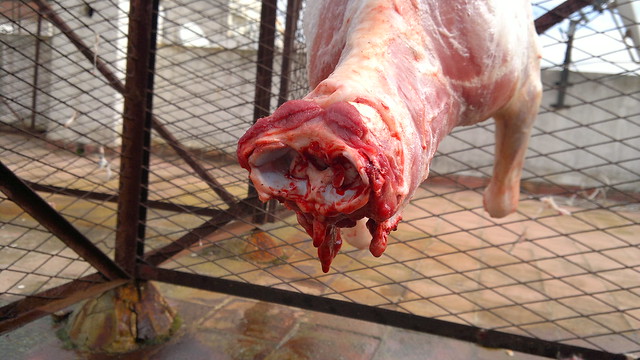

And by the way, this provide a stunning
bokeh effects to blur out the surroundings behind the subject. In this case the leaves behind have been nicely put out-of-focus as you can see below :
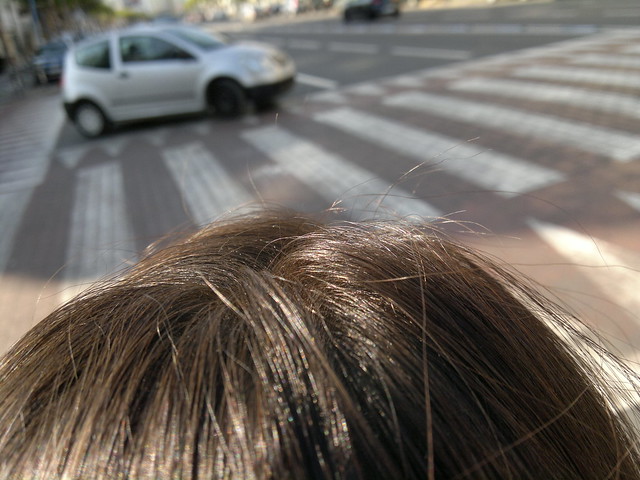 User experience :
User experience :
1.
Shutter lag (ie. delay between when the button is pressed and when the photo is taken) is now down to only
150ms!
better than some higher-end "point-and-shoot" cameras ! The average human reaction time is 250ms, so this lag is hard to perceive.
2.
Viewfinder lag : the image you use to see on the viewfinder has, since the first devices, lagged behind the ‘live’ action by around
100ms. In the case of the N8,
this is virtually zero. What this means? With the very
fast shutter lag and almost
zero viewfinder lag it’s much easier to
capture the precise moment as the viewfinder updates quickly to display smooth movement and really show what’s going on. There’s virtually no lag between what the camera sees and what’s shown on screen, so when you hit the shutter button, you get exactly what you see ;)
3.
Autofocus time is
super fast, typically focusing time is around
350ms =
0.35s (depends on subject distance, contrast and lighting levels),
Canon EOS Rebel T1i goes with
0.19s and
Panasonic Lumix DMC-GH1 goes with
0.37s for example !
4. Despite the 12-megapixel image resolution, camera start-up time is slightly improved (about 3s) and
shot-to-shot times are typically around
2s (when viewing taken picture option is disabled), there was less need for Nokia's traditional noise reduction algorithms
(Thanks to the larger sensor and better optics) with the result that
more of the phone's processing power is applied to real time image handling.
5.
Face detection is much faster than on the N86 for example and as fast as current digital cameras and can track faces during movement also
(This will make sure the N8 keeps an eye out for people in your photos, and makes sure their faces are in sharp focus) and speaking about people,
Red eye reduction is implemented as well as on standalone digital cameras and works in both auto and red-eye reduction modes. In red-eye reduction mode, it runs a
more intensive version..
6. Regarding the
shutter key, it’s easy to feel a click relating to half pressure [Autofocus/exposure], but at the full press, the amount of effort sure has been reduced but not as i expected, i still prefer the Samsung INNOV8 for that
(and no, don't worry, you don't take pictures accidentally) but if you're not very comfortable with that : There is also a
touch based shutter key !
7. Also that here are touch gestures to allow switching between 16:9 and 4:3 aspect ratios while in the viewfinder,
8. With a double tap gesture you get instant zooming from one end of the 'lossless' digital zoom to the other.
9. Hmm, but how's AMOLED that usable in bright light? This newer display is
much brighter than previous OLED displays. In some situations, it’s up to almost 60% brighter! in addition, there is an
anti-reflection film applied to the display ! Occasionally i had some issue with the iPhone 4 display but not with the N8's one !
- While there's some gesture based features, i'm wondering why it's complicated to reach some basic settings or scenes modes?
Look at Samsung Omnia HD (
a symbian^1 device from the last year !)
All basic settings are "one touch" reachable ! No headache, no waisting time to enter the jungle of settings to change the mode to "close-up" or "landscape" etc. It's simply handy !
And in comparison, here is the UI from Nokia devices from the last year also ! Same resolution (nHD) and such
huge space wasted !
And finally we got the "over 250 changes" UI for the S^3! Seriously !
Same resolution and same waste of space !
If Nokia will be inspired by the damn old Samsung UI or
their own N900, it'll be just great !
A final word about the ISO settings, there are 3 manual settings which relate to ISO 100 (default), 400 and 800, Very few cameras have ISO setting lower than ISO 100 because noise levels are so low at ISO 100 there would be no real advantage in a slower setting :
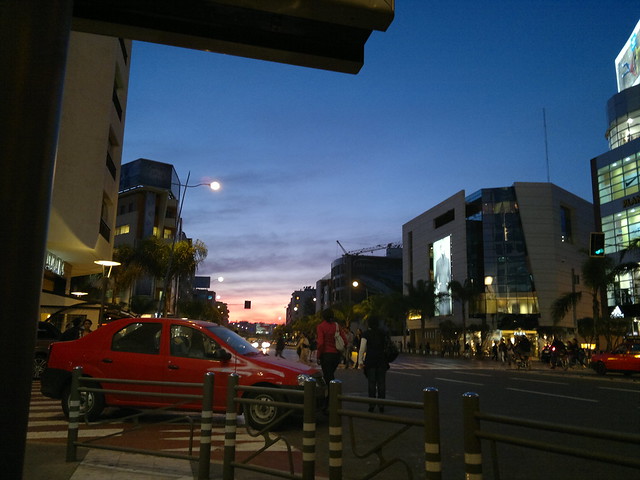
(ISO 256)

(ISO 800)
There are a multitude of options to play with : for instance, raising the contrast up and down, or messing with the sharpness of an image. You can also fiddle with exposure or white balance, and there are a number of scenes to play with as well, should you require an improvement in performance.
Ah, available picture resolutions :
4000x3000 - 12mp
4000x2248 - 9mp (default mode)
2048x1536 - 3mp
1280x960 - 1.3mp
640x480 - 0.3mp
Finally, the Nokia N8 isn’t just fantastic at taking photos, its able to edit them with aplomb too. While some smartphones lack even the most basic built-in editing tools, the Nokia N8 is ready to whip your images into shape with smart editing tools and one-touch fixes...more on this in a dedicated part...
What's hot !
- User definable mode which you can set to remember your custom settings (flash, ISO, Sharpness, EV, WB...) You can also set the camera app to start this mode by default, cool !
- Option to turn off the shutter sound ! In a Nokia phone? I don't believe my eyes !
- I doubt you’ll find better high ISO noise performance than the N8 on a mobile phone currently !
- Photos captured with the N8 do not look like they came out of a mobile phone anymore !
- Change photo resolution with multi-touch pinch in and out gesture (in the viewfinder)
- Tap-To-Zoom Feature (in the viewfinder)
- 3 ways to zoom in/out a photo in the viewfinder (with the volume rocker, the touchscreen bar on the left side or the Tap-To-Zoom feature)
- Face Detection feature
- Speed : Autofocus, shot-to-shot, shutter lag, viewfinder lag, flash etc.
- Intelligent digital Zoom
- Great DoF
- Great noise management
- Great overexpose management
- Bright LED focus assistant
- Wide angle
- Natural colors reproduction !
What's not !
- No burst mode
- No touch to focus feature
- UI outdated and "complex" (over 250 changes to the Symbian camera UI? Really?!)
- No Smile Shot feature
- Sharpness
- Normal close-up mode not able to capture subjects under 12cm
- Impression of weaker flash (dark coins in some situations) due to flash metering system
- No physical mechanical lens cover (like on the samsung innov8)
- I'm wondering why there's no
HDR mode as the iPhone, as the latter is doing very well to accurately represent the range of intensity levels found in real scenes, ranging from direct sunlight to faint starlight (check this example : N8 followed by the iPhone 4)

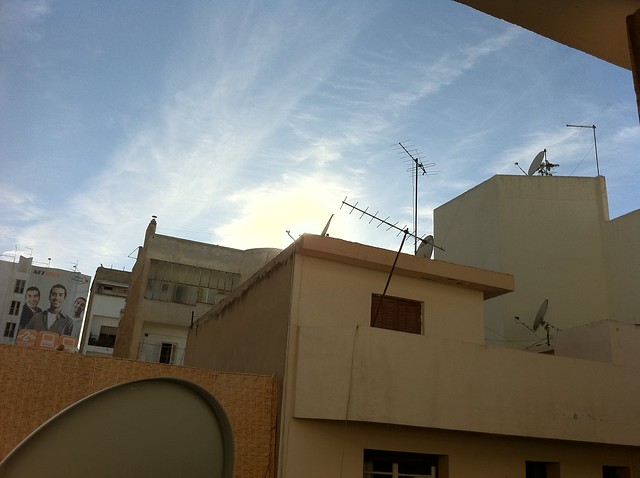
There's really a huge room wasted in this case, a very huge wasted potential to use the large N8's sensor ;)
If you look at N8's pictures at its own, without comparing it to another camera-phone (innov8, omnia hd, n82, N86 etc.) you'll fine pictures quit appealing ;)
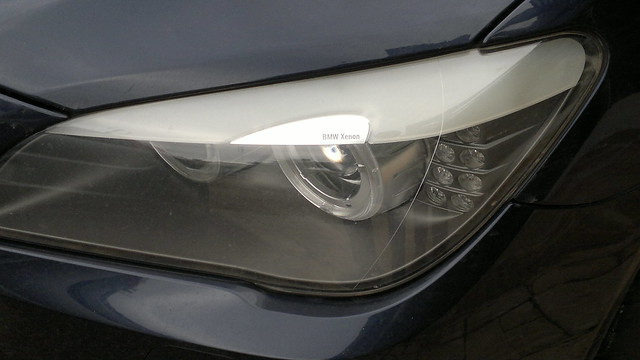
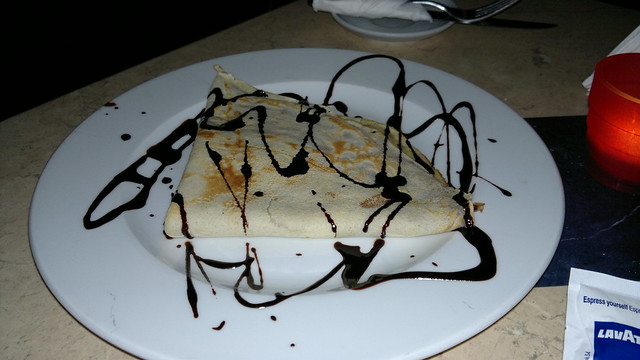


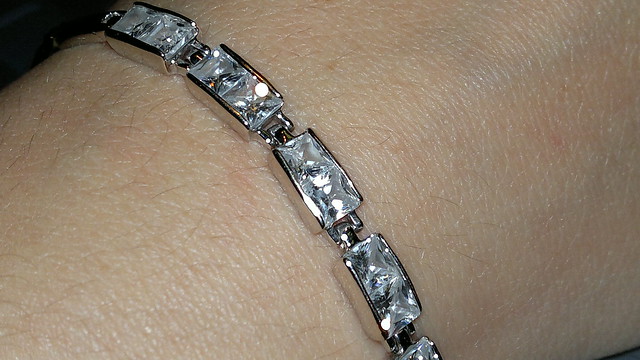
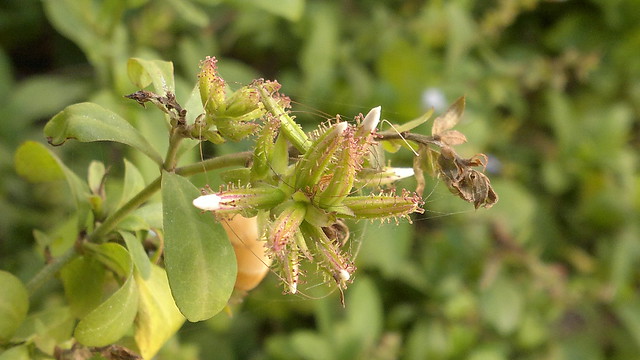
And you, what do you think?
Next part will include video capture !













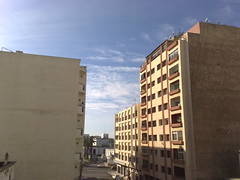







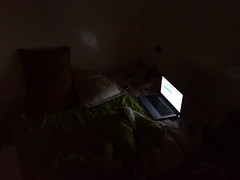



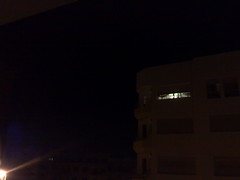







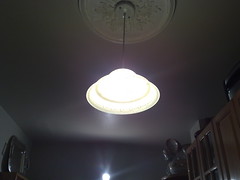







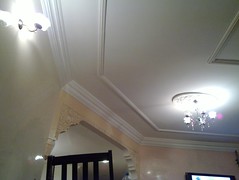
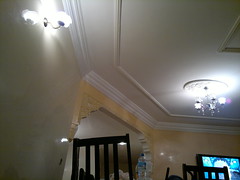






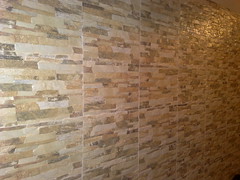
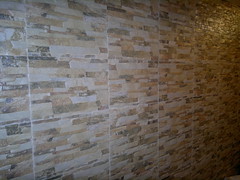


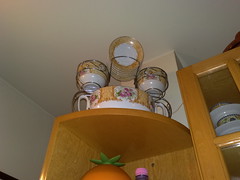
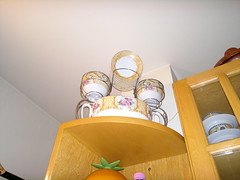


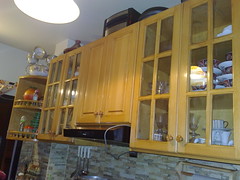
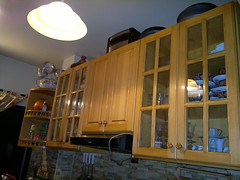











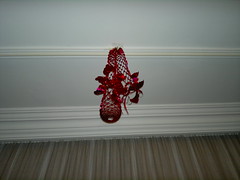


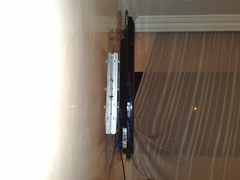
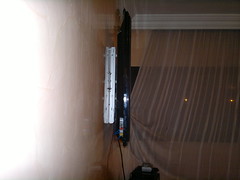


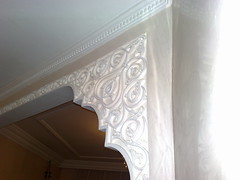




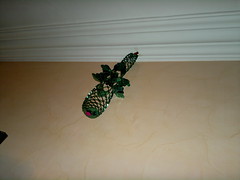


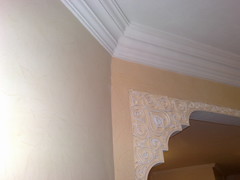
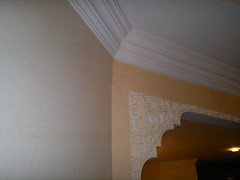


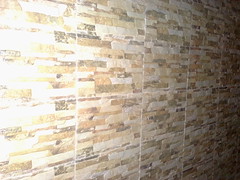
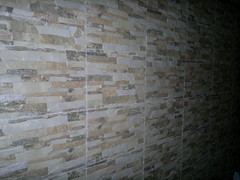






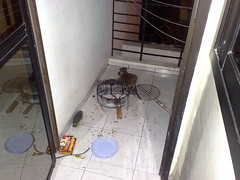
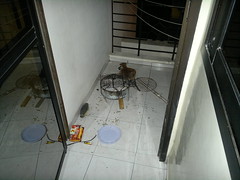






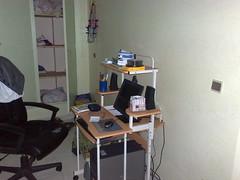
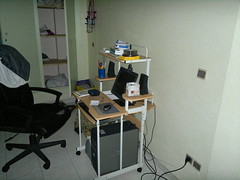






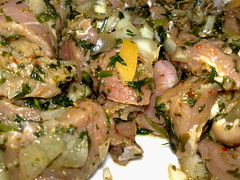



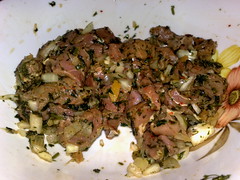
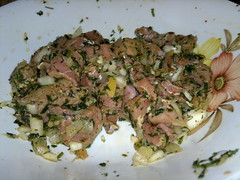





























No Response to "[N8 REVIEW] Part 2 : Camera, what it is, what it is not !"
Post a Comment